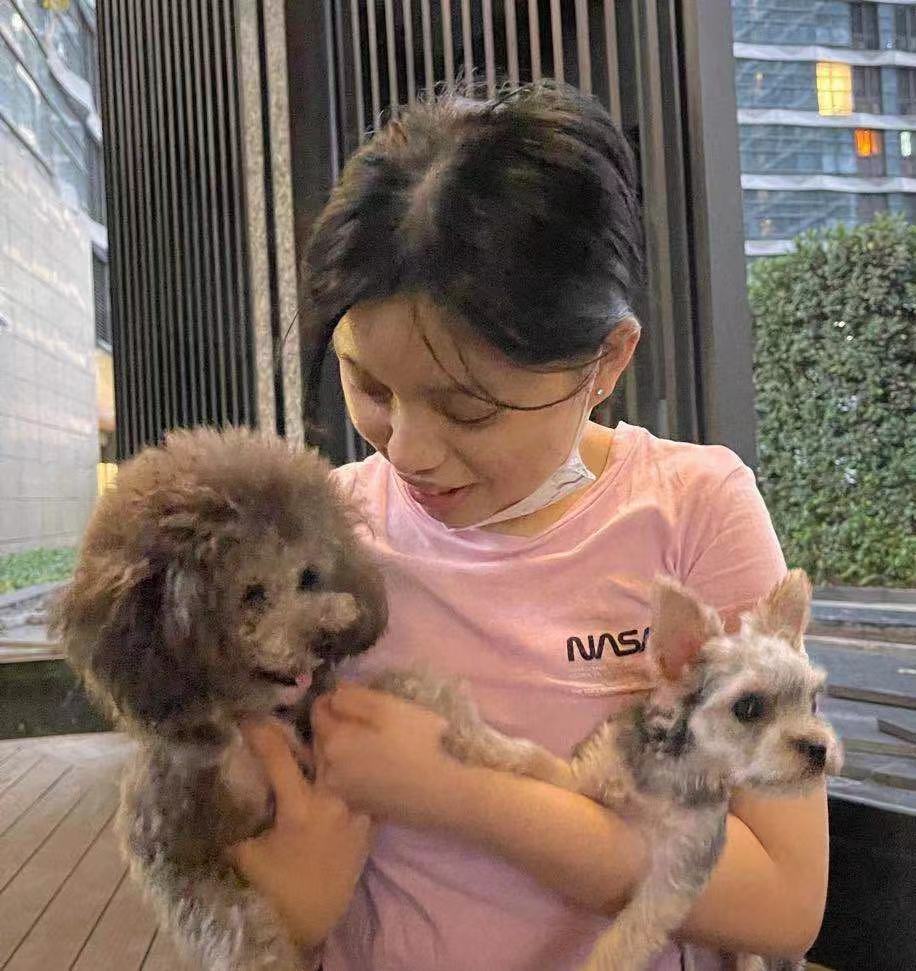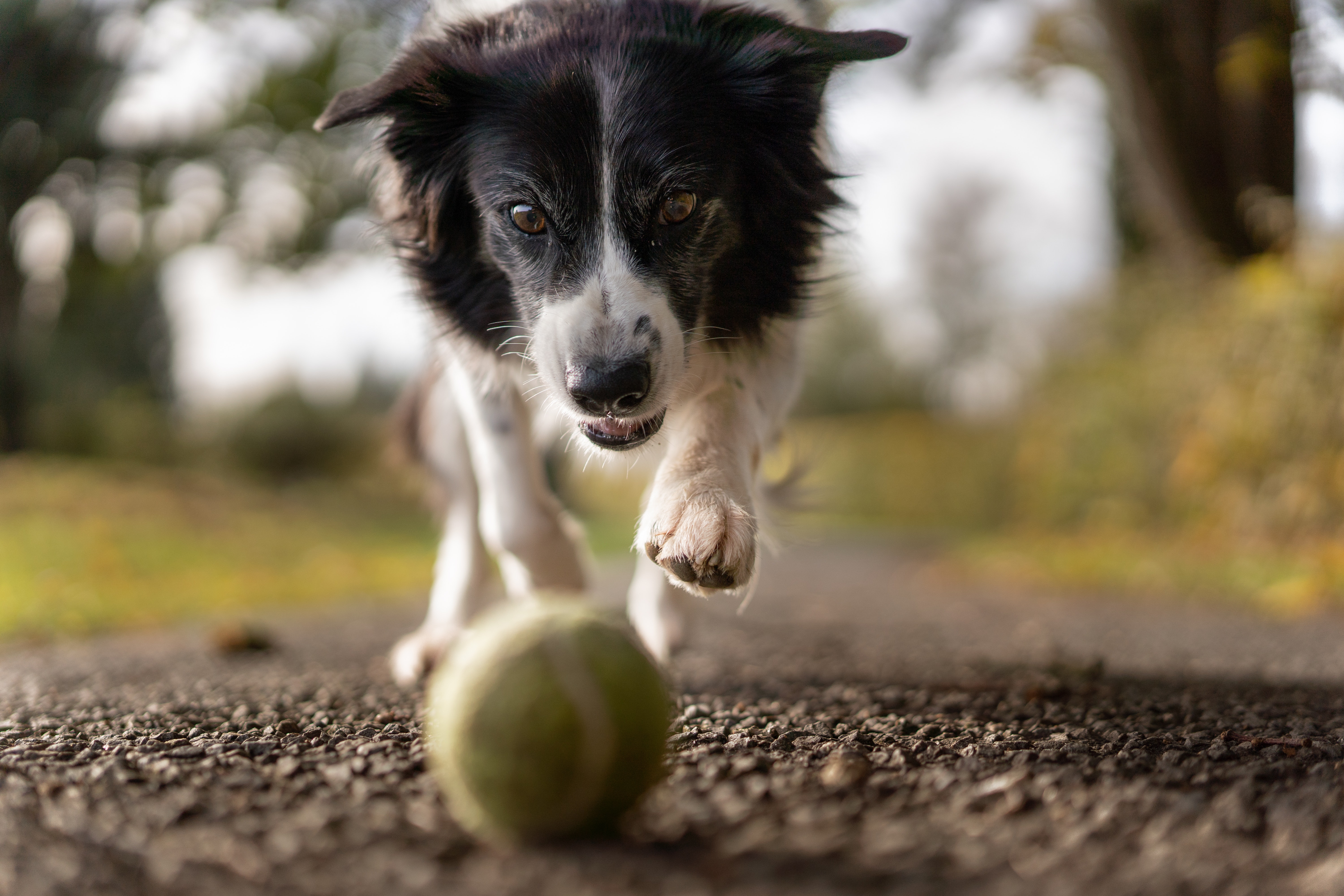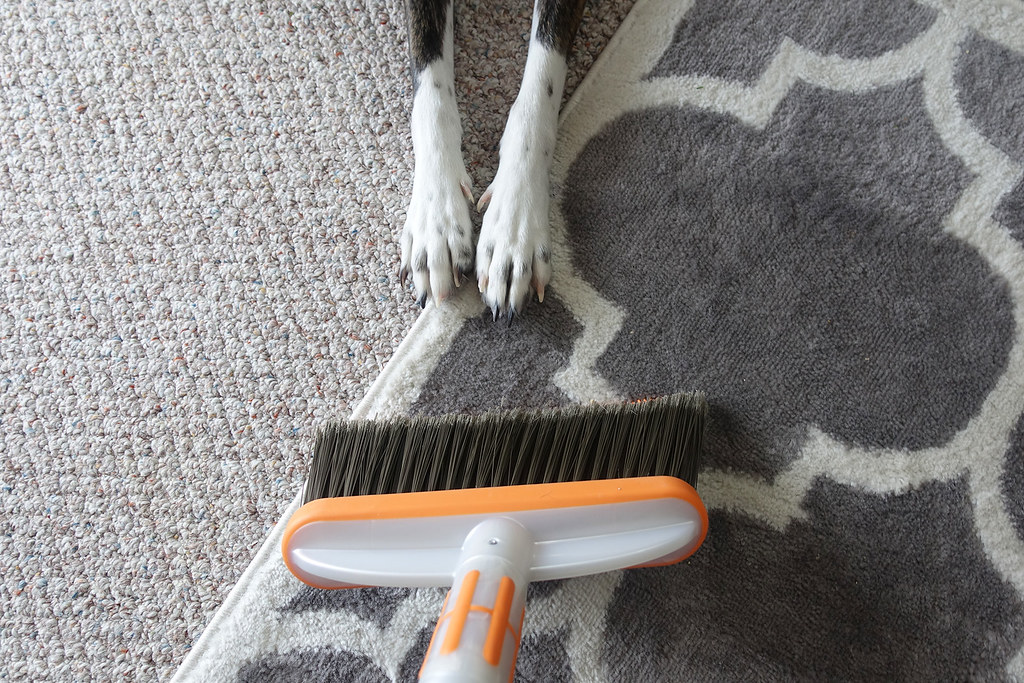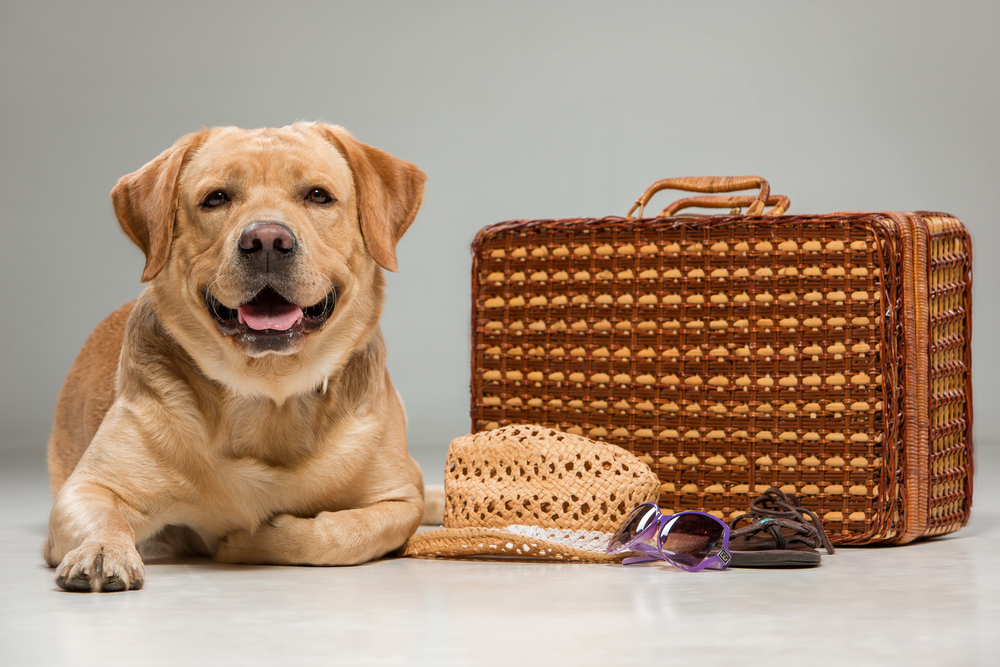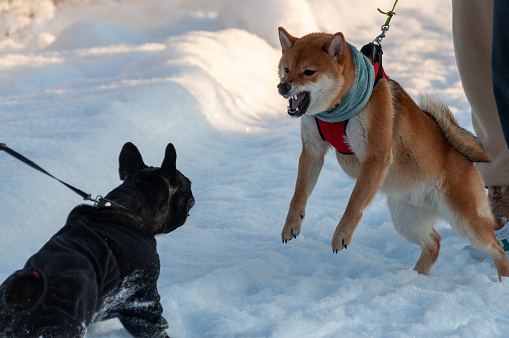
Addressing behavioral issues in your paw friend at an early age is essential for his/her proper development as an adult dog. Although mild behavioral issues are common for dogs, especially when they are still puppies, these require the owner’s attention, so that they do not turn into bad or even dangerous habits.
Leash aggression is among the most common behavioral issues in canines. Whether mild or severe, it can turn into a serious problem, that affects other animals and people.
In today’s article we will provide you with more detailed information to know leash aggression is, what may cause it and how to prevent it.
What is Leash Aggression?
Leash aggression is an unwanted behavior in dogs, that they exhibit when they feel restrained and uncomfortable while being on a leash. This feeling may lead to barking, jumping, pulling, growling, snarling while in public, and can be directed toward both animals and humans. It is important to note that dogs who are overall friendly, may become aggressive, while on a leash, and this type of behavior is different from the generalized aggression.
Leash Aggression-Common Causes
The most common factors that cause leash aggression are:
Lack of Socialization
Once you get a puppy (usually not earlier than the age of 8 weeks) you should start working on its socialization and manners. The first weeks of your pup’s life in his/her new home are critical for him/her, so that he/she can become a well-behaved and confident adult dog. The lack of socialization may lead to unwanted behaviors and cause leash aggression in the future.
Fear
Fear as a factor provoking the dog to exhibit a certain type of behavior, may occur in both situations-off- and on-leash. However, when the dog is restrained, this behavior usually escalates. If an off-leash dog enters an uncomfortable / fearful situation, he/she can move away to avoid the stimuli. However, when on a leash, the dog can not move away to increase the distance between him/herself and the stimuli, which causes him/her to go into “defense-mode”. Leash aggression caused by fear, may be caused by different stimuli, including people, animals, and fast-moving objects.
Frustration
Frustration is usually caused when the dog wants something but is being prevented from getting it. In this case, he/she can not get it, because he/she is restrained. When you prevent your canine from reaching his/her goal, he/she is likely to become frustrated and start misbehaving. If the dog is regularly blocked from getting the desired object, the presence of this object may induce unpleasant feelings in the future. Over time the presence of the object is likely to cause in your paw friend frustration and pain, instead of joy and curiosity.
Prey Drive
Some canines start pulling or otherwise misbehaving on a leash at the moment they see an animal such as a cat, a rabbit, or a squirrel. This type of aggression requires the owner to monitor their dog and the surrounding at all times during a walk. You should pay attention to your dog and keep him/her under control, while another animal is approaching. Otherwise, he/she might run away, cause injures in both you (due to the strong drive) and the other animal and even get into a dangerous situation, such as crossing a busy street.
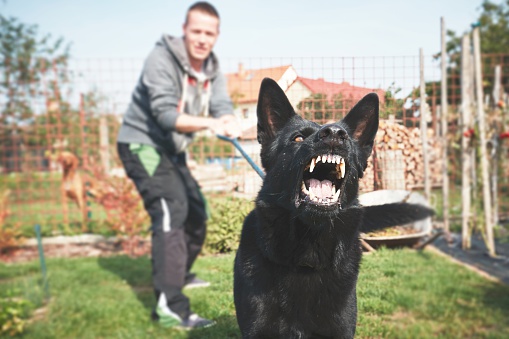
Signs of Leash Aggression
There are several signs that may indicate an oncoming leash aggression:
-Vocalization (barking, growling, snarling);
-Keeping the ears back;
-Willingness to escape;
-Lip tension;
-Whale eye;
-Panting;
-Excessive shyness/timidness/fearfulness;
-Tail tucked;
-Trembling.
Leash Aggression-Prevention & Addressing
Socialization
Socialization is the first and most essential part towards preventing leash aggression as well as other behavioral issues. At the moment your pup enters your home, you should start house training him/her and teaching him/her the role that he/she will have in the family and the world in general. Pups should learn what their boundaries are and usually learn how to behave around animals and people, starting with the household. Once your pup is up-to-date with all vaccinations, you can take him/her for walks. It is important, that you supervise his/her interaction with other animals and passersby to recognize and address early signs of leash aggression if present. You should always keep in mind that pups can easily get overly stimulated, as they are still unable to control their impulses. They have a strong drive to explore their surroundings, so teaching them how to manage their impulses is crucial during this stage of their life.
Recognize the Stimuli
Logically, the first step towards addressing an issue is determining what the cause is. You should closely watch at your dog and the surroundings. Also, you may want to consider keeping a log, with information about the time, place, surrounding and your dog’s reaction, if any is present.
Avoid the Stimuli
Once you determine what the stimuli are, you can just try to avoid them, i.e. walk a different route with your dog, so that you do not meet the animal/person/object that provokes him/her.
However, avoiding the trigger, is not the best solution in the long term, as you change only a factor in the surrounding, but not the dog’s attitude towards it. Hence, the problem is still present.
Change the Dog’s Attitude
In several articles we talked about “desensitization” and “counter-conditioning”, as these two techniques are typically used to address behavioral issues, including leash aggression.
Desensitization
Applying this technique means gradually exposing the dog to the stimuli. In the beginning, you should keep the stimuli at a really low level, so that there is no reaction. In the context of leash aggression, this means keeping a really long distance between your dog and the stimuli (i.e. the other animal). You should decrease the distance step by step. Over time your dog is likely to start to tolerate the presence of the stimuli.
Counter-conditioning
Desensitization may not be 100% effective when applied separately. That is why, you should add counter-conditioning to the training sessions. This means that you should make steps towards changing your dog’s attitude towards the stimuli. Counter-conditioning is used when you want to find a long-term solution to a problem, and not just avoid it.
When the stimuli are present, i.e. the other animal is approaching from a distance, you should reward your dog, while he/she is still calm. By decreasing the distance gradually and encouraging the calm behavior, your paw friend may start pairing the trigger with a positive experience and be motivated to behave properly.
You can use not only food as a positive reinforcement tool but also toys or anything that motivates your dog to behave well.
Focus Training
By training your dog to remain focused on you, while stimuli are present, you are redirecting his/her attention and showing him/her that he/she will be rewarded only when he/she is well-mannered. Focus training just like other types of training should begin in an environment with no distractions. Your paw friend should practice making an eye contact with you and being able to increase the duration over time. When you notice that he/she can keep eye contact in an area with no / fewer distractions, you can increase these by moving to the backyard or another area at home, that is busier. After several repetitions, you can start practicing around another person or an animal and move to the local park.
Basic Obedience
We would recommend that you practice basic obedience commands like “sit” and “stay” alongside focus training. That way your paw friend will learn to remain calm and fulfill the given tasks even in the presence of stimuli.
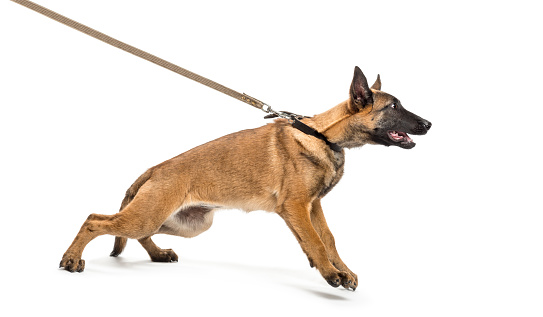
What to Do if Your Dog Keeps Being Reactive
If your dog keeps misbehaving on a leash, you may have decreased the distance too quickly. In this case you should just turn around and switch the direction. Let your dog calm down before you keep practicing. Once he/she settles, you should praise and reward him/her.
Another reason why your canine keeps showing leash aggression during a training session, might be related to the reward he/she receives. If he/she does not put a high value on the treats/toys you give him/her, these might simply be ineffective. Remember, that the higher the stimuli, the higher the reward. That is why knowing your dog and his/her taste plays an important role in the training process.
What You Should Not Do
Punishing your dog will only increase the fear, and make him/her even more reactive. We always recommend that handlers remain patient, consistent and stick to the positive reinforcement as a training approach.
In the beginning of the process, it is not recommended that you meet badly behaved dogs. Remember, that your canine is still learning to tolerate the triggers and change his/her attitude. Exposing him/her to reactive or insolent dogs will not contribute to the success of the training process.



